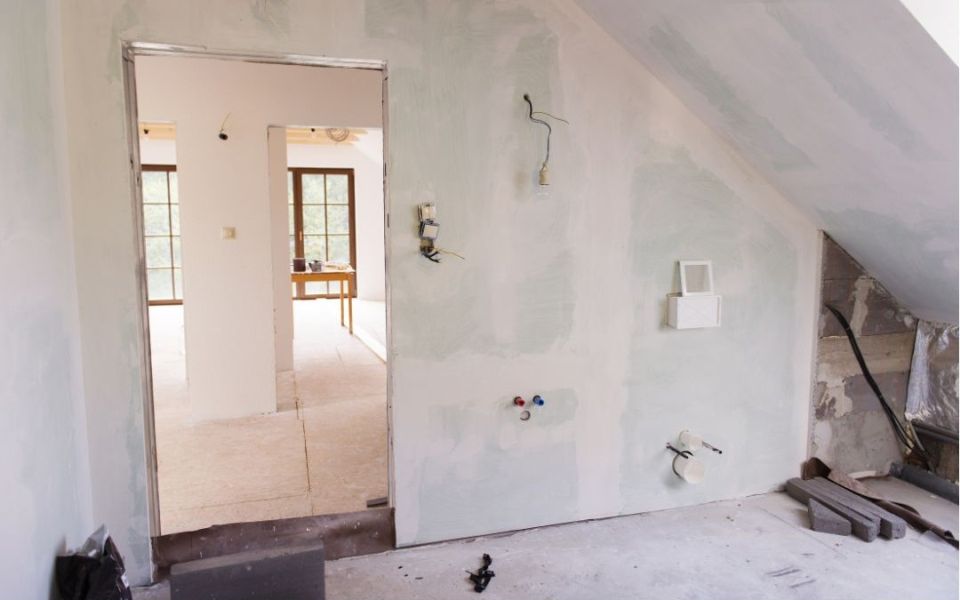Partial Demolition
Before deciding which features to retain and remove, begin with a thorough assessment of the building’s significance and structural functions. Some features may also need to be retained, at least partially to preserve the building’s essential character and heritage value. So consider the desired outcome and let the experts tell you what can be altered to achieve that outcome. We undertake this work regularly. For example, permission was granted for partial demolition at 153 Bath Road, Reading, because harm was minimised through good conservation advice and viability improved by the proposals.
The assessment process identifies original features that are most important to retain. Working closely with conservation experts and local authorities ensures that you arrive at the desired outcome, with only the necessary elements removed. This helps preserve the building’s character and heritage value, which helps to meet regulations and consent requirements and for your enjoyment and that of future generations. Planning conditions attached to a permission may also dictate using specialised deconstruction methods or protecting certain areas from any impact.
When partial demolition can remove structural elements while leaving the historic core intact, also consider preserving key materials for reuse or recreating removed features; only replace with matching traditional methods and craftsmanship if those features are in poor condition. Experienced historic building contractors should be employed; their credentials evidenced by rigorous documentation and then by monitoring throughout the process.
Separate New Build
Integrating a new build within a heritage setting requires a thoughtful approach that harmonises old and new architecture. By carefully selecting materials, design elements, and construction techniques that complement the existing structure, it is possible to create a seamless transition between the old and the new. This requires collaboration with architects, engineers, and conservation specialists, which is key to achieving a successful integration of the new build into the heritage setting. This was required to fully build out permissions at 133 Heston Road, Hounslow, London.
Good design and conservation principles apply equally here as outlined in the sections about extensions and partial demolition, so please refer to those topics in our heritage information blog. Consultation with the conservation officers about appearance, scale, and materials can unlock additional expertise. However, some planning authorities now charge for these services.


No Responses